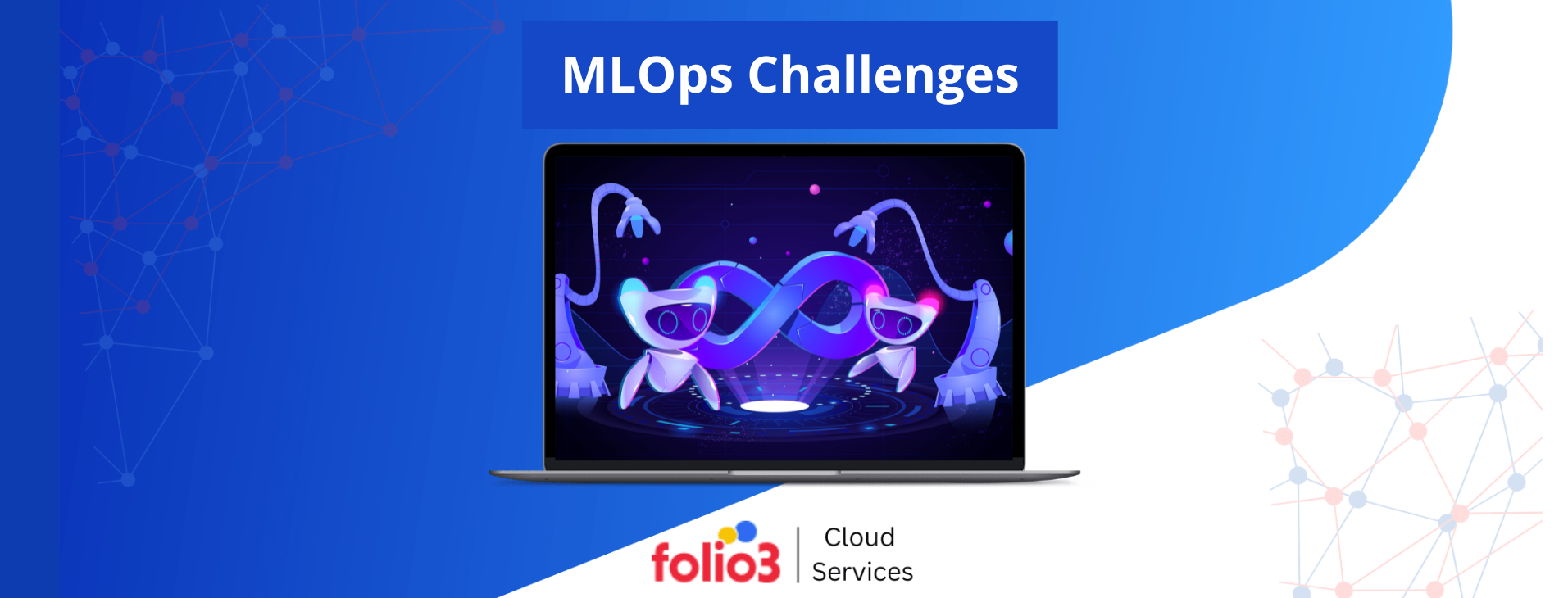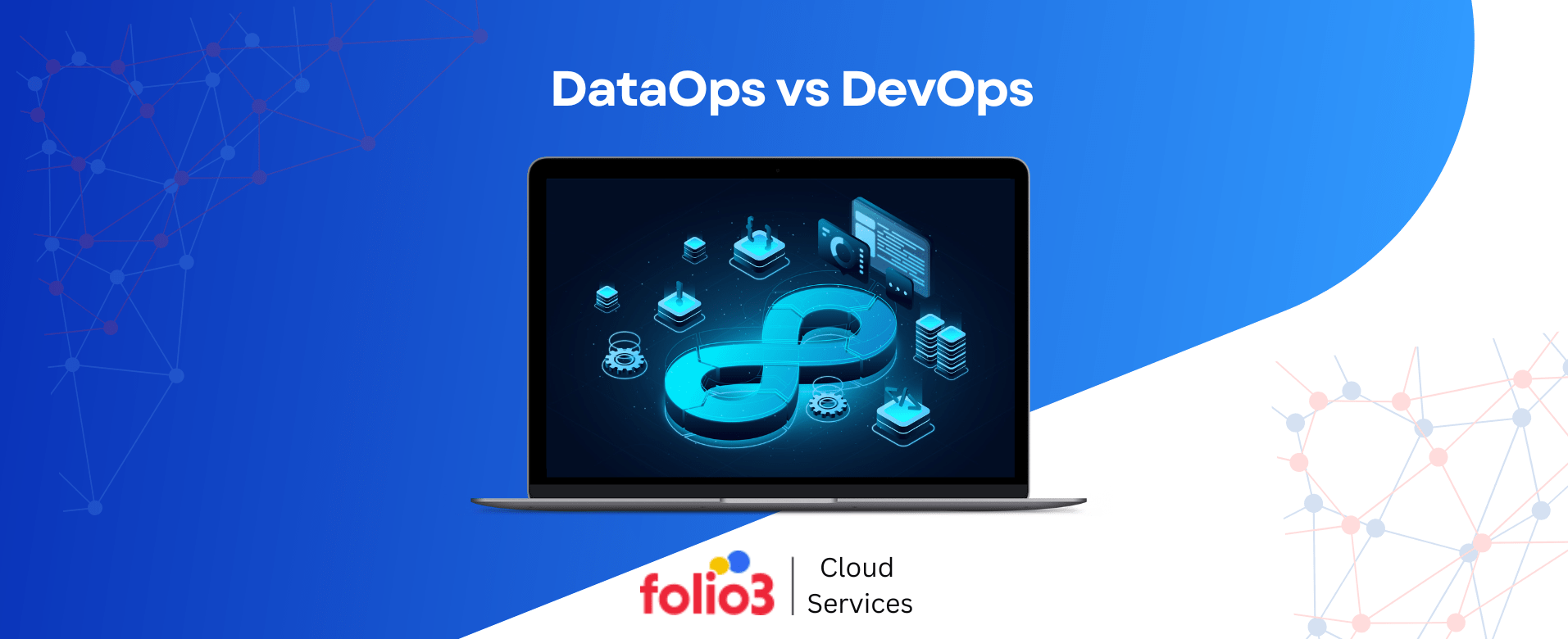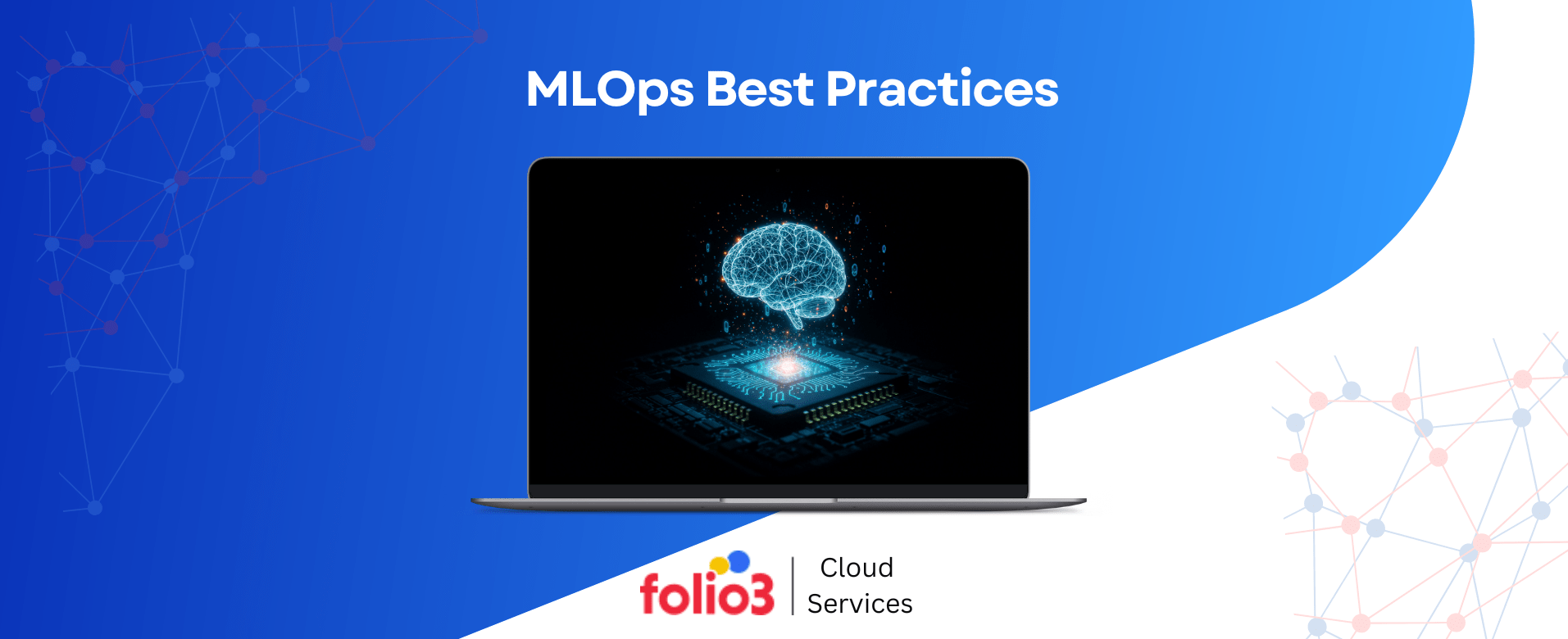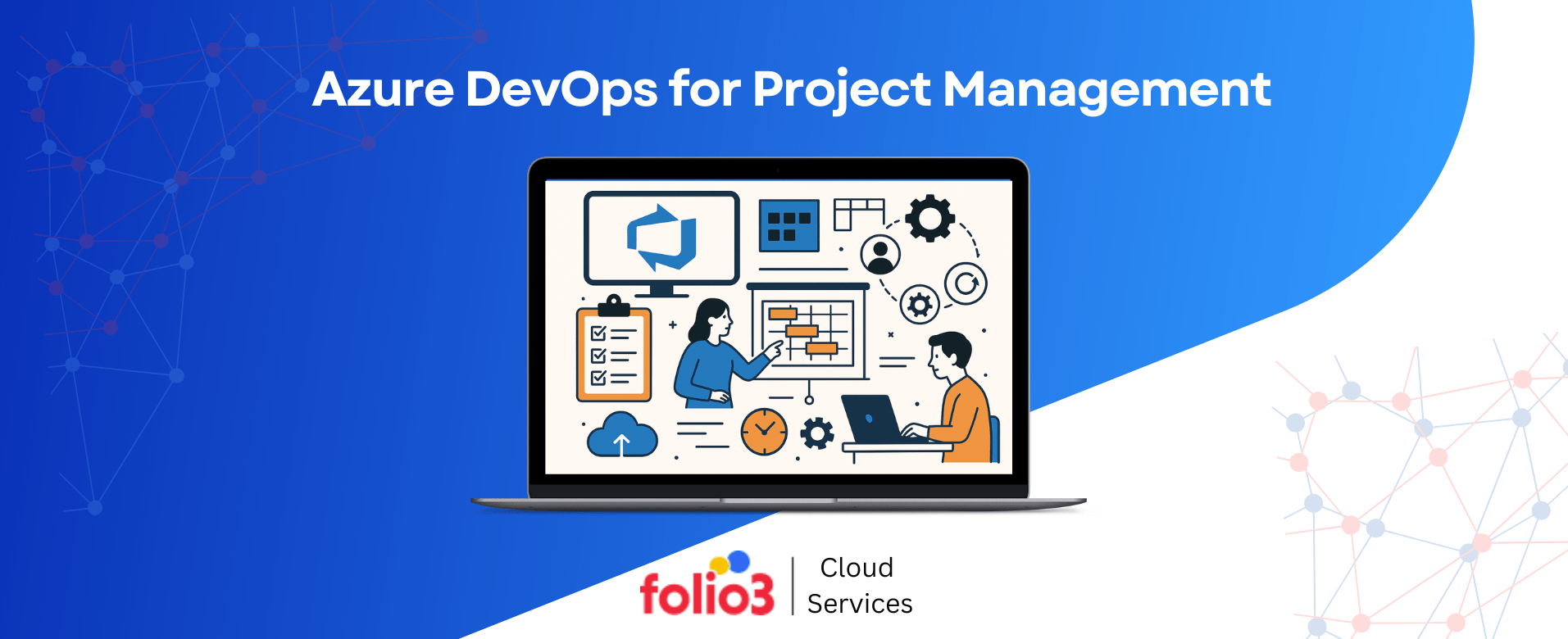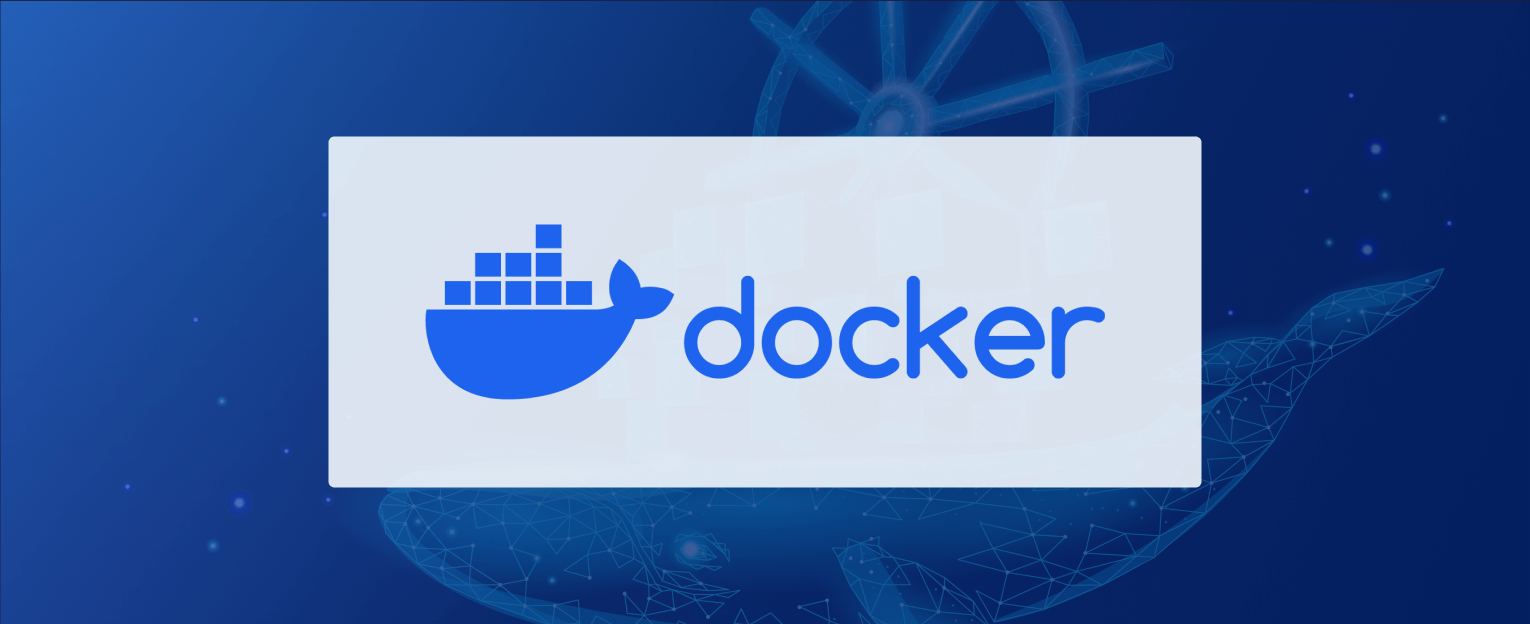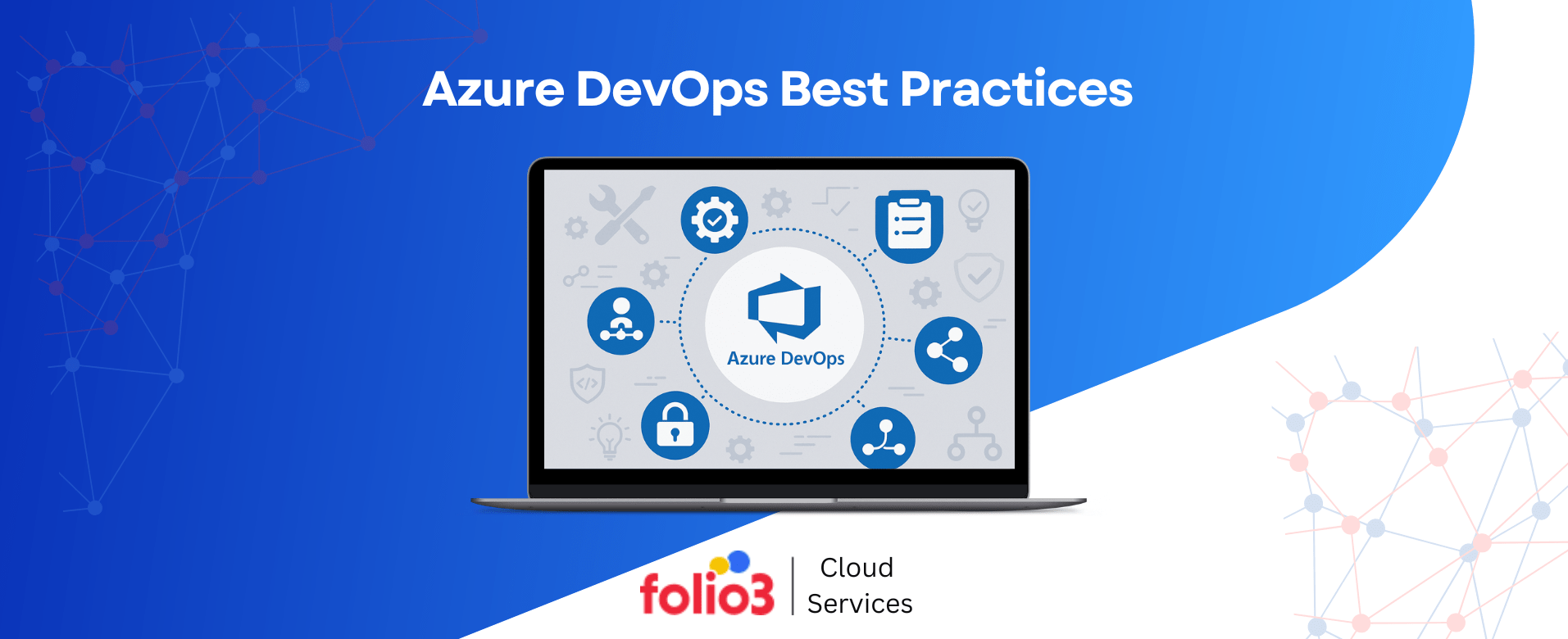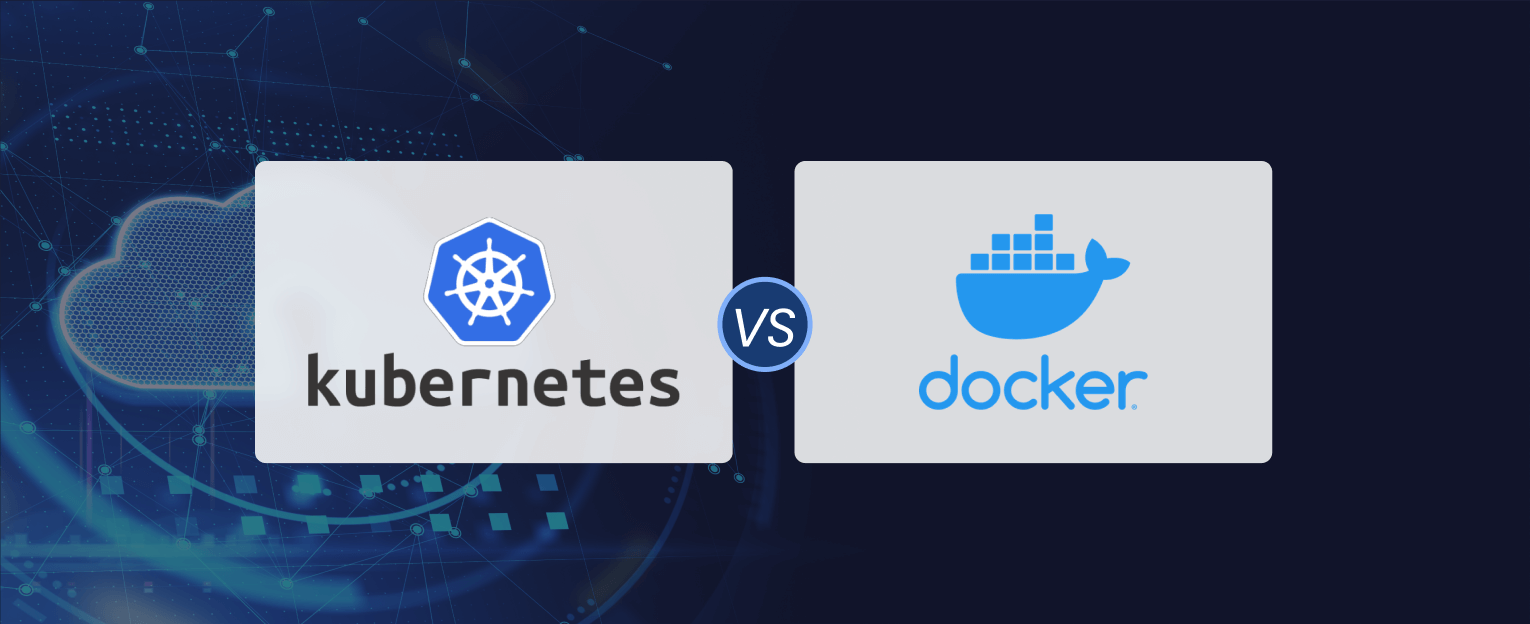Automation isn’t just a nice-to-have in the DevOps lifecycle, but it’s essential. Teams rely on DevOps automation to deploy code multiple times daily, a figure that has doubled over the past three years. These aren’t just trends, they’re responses to real business needs: shorter release cycles, faster feedback loops, and fewer production outages.
Automation allows DevOps teams to focus on meaningful problem-solving rather than firefighting manual tasks. Infrastructure as Code (IaC) eliminates the risk of human error when provisioning environments. Monitoring systems automatically track logs, detect anomalies, and send alerts before issues snowball.
Continuous integration and continuous deployment (CI/CD) pipelines allow code to be tested, validated, and deployed to production in minutes, not days. For organizations handling large-scale systems or frequent software updates, these efficiencies can be the difference between a successful release and costly downtime. Puppet’s 2024 State of DevOps Report highlights that high-performing organizations spend 22% less time on unplanned work and rework, paying them 29% more on new work, such as new features or code.
In this blog, we’ll explore practical DevOps automation examples that show how top teams use fundamental tools and practices to automate everything from monitoring to deployment. These are grounded, real-world applications, not theoretical frameworks.
Real-World DevOps Automation Examples
Automation is at the heart of DevOps, transforming how teams build, test, deploy, and monitor software. Let’s explore practical examples of automation that demonstrate how DevOps teams save time, reduce errors, and maintain consistent delivery across complex environments.
1. CI/CD Automation with Jenkins or GitHub Actions
One of the most widely adopted examples of DevOps automation is using Jenkins or GitHub Actions to automate continuous integration and continuous deployment (CI/CD) pipelines. These tools are not just popular, they’re practical choices that help teams ship code faster, with fewer errors and less manual intervention.
Jenkins
Jenkins, an open-source automation server, has been a mainstay in the DevOps world for over a decade. It supports hundreds of plugins, making it easy to build custom pipelines for testing, compiling, packaging, and deploying applications. For example, a developer commits code to a shared repository. Jenkins immediately triggers a pipeline that tests the code, packages the application, and pushes it to staging or production without manual steps.
GitHub Actions
On the other hand, GitHub Actions has quickly gained traction, especially among teams already using GitHub. It integrates directly into repositories, letting developers define workflows using simple YAML files. These workflows can handle everything from automated testing to DevOps security checks and deployment. According to Stack Overflow’s 2023 Developer Survey, over 34% of developers now use GitHub Actions for CI/CD workflows, a number that continues to rise with its growing ecosystem.
Verdict
Both tools reduce deployment time and improve reliability. They also support rollbacks, parallel builds, and integration with monitoring tools, which are vital for identifying issues early in the deployment cycle. By automating CI/CD processes with Jenkins or GitHub Actions, teams reduce human error, speed up feedback loops, and deploy more confidently.
2. Infrastructure Provisioning Using Terraform or AWS CloudFormation
Manual setup of cloud infrastructure is not only time-consuming but also risky. A single misconfigured security group or misnamed resource can lead to system failures or data exposure. That’s why infrastructure provisioning through automation tools like Terraform and AWS CloudFormation has become a cornerstone of modern DevOps practices.
Partnering with a DevOps consulting company can further streamline this process, ensuring best practices are followed and reducing the risk of costly configuration errors.
Terraform
Terraform, developed by HashiCorp, is widely used for infrastructure as Code (IaC). It allows teams to define cloud resources in simple, human-readable configuration files. Once written, these files can be version-controlled and reused, ensuring consistent and repeatable infrastructure deployment across development, staging, and production environments. With support for multiple cloud providers, Terraform gives teams flexibility to operate in hybrid or multi-cloud setups.
AWS CloudFormation
AWS CloudFormation, on the other hand, is deeply integrated into the AWS ecosystem. It enables developers to provision and manage AWS infrastructure using JSON or YAML templates. CloudFormation’s native support for AWS services, combined with features like drift detection and stack rollback, makes it a reliable choice for teams fully invested in the AWS cloud.
Verdict
DevOps teams reduce manual errors by automating infrastructure provisioning, speeding up environment setup, and improving overall deployment consistency. Whether using Terraform or CloudFormation, infrastructure automation is no longer optional. Following Azure DevOps best practices, such automation is essential for scalable, secure, and efficient operations.
3. Configuration Management with Ansible or Chef
Managing system configurations manually across dozens or even hundreds of servers is unsustainable. Minor inconsistencies can trigger security vulnerabilities, performance bottlenecks, or service outages. Tools like Ansible and Chef help DevOps teams solve this challenge by automating configuration management at scale.
Ansible
Ansible, created by Red Hat, uses simple YAML syntax (called playbooks) to define how servers should be configured, from installing packages and managing users to enforcing security policies. Its agentless architecture, which relies on SSH, makes it easier to deploy and manage across environments. Ansible is used by over 10,000 organizations worldwide, and its popularity continues growing due to its low learning curve and broad community support.
Chef
On the other hand, Chef takes a more programmatic approach by using Ruby-based “cookbooks” and recipes to define system states. It provides strong version control for configurations and excels in complex, enterprise-grade environments where automation needs to be highly customizable. Chef is used by major companies like Facebook, Bloomberg, and SAP to maintain consistent configurations across thousands of nodes.
Verdict
Both tools allow DevOps teams to enforce configuration consistency, reduce the risk of drift, and quickly recover environments. This is especially critical in multi-tier applications where dependencies must be installed and configured in a precise order. Automating configuration management with Ansible or Chef improves operational stability and frees teams from repetitive tasks, letting them focus on high-priority issues that drive business value.
For organizations lacking in-house expertise, DevOps outsourcing can further streamline these efforts by providing skilled professionals to manage and optimize configuration workflows.
4. Automated Testing Using Selenium or JUnit
In any DevOps pipeline, testing is more than just a checkpoint. It’s a gatekeeper for code quality and system reliability. Relying on manual testing alone introduces delays and leaves room for human oversight. That’s where tools like Selenium and JUnit step in, making automated testing a practical and powerful component of DevOps automation.
Selenium
Selenium is a widely used open-source framework for automating web browsers. It allows QA teams and developers to write test scripts in multiple languages such as Java, Python, and C#. With Selenium, applications can be tested across different browsers and operating systems, making it ideal for ensuring consistent user experiences.
JUnit
JUnit, primarily used for unit testing Java applications, allows developers to write repeatable tests for individual code units. It’s commonly integrated into CI/CD pipelines, ensuring that every code change is tested automatically before it moves downstream. JUnit’s lightweight structure and widespread IDE support have made it a favorite among Java developers for years. Organizations seeking to streamline this process often turn to CI/CD consulting to optimize their test automation strategies and pipeline configurations.
Verdict
Incorporating automated testing tools like Selenium and JUnit helps teams catch bugs early, avoid regression issues, and maintain release velocity. This boosts confidence in deployments and aligns with the broader DevOps goal of quickly delivering stable, high-quality software.
5. Monitoring and Alerts with Prometheus and Grafana
Without reliable monitoring, teams often learn about system failures from users rather than dashboards—a situation no team wants. That’s why Prometheus and Grafana have become core tools in automated monitoring and alerting within the DevOps lifecycle.
Prometheus
Developed initially at SoundCloud, Prometheus is an open-source monitoring system that collects real-time metrics from services and infrastructure. It stores this data as a time series, enabling teams to track application performance, resource usage, and service health. This kind of visibility is one of the key benefits of DevOps, as it empowers teams to detect and resolve issues quickly before they impact users.
Prometheus can automatically scrape metrics, trigger alerts based on defined thresholds, and integrate with alert managers for notifications via email, Slack, or PagerDuty. According to the 2023 CNCF Annual Report, Prometheus is used by over 65% of organizations running Kubernetes in production, reflecting its dominance in cloud-native monitoring.
Grafana
Grafana pairs seamlessly with Prometheus to visualize the collected metrics. With custom dashboards and support for dynamic querying, Grafana enables teams to monitor infrastructure in real time. It also allows setting up alert rules that notify stakeholders before a minor issue becomes a significant outage.
Verdict
Together, Prometheus and Grafana automate observability across systems, reducing the need for manual log checks and ensuring faster incident detection. This setup shortens mean time to resolution (MTTR) and helps maintain system uptime and user trust.
6. Security Automation Using Snyk or Aqua Security
Security is essential to the DevOps lifecycle, yet it can easily become a bottleneck if handled manually. One of the common DevOps challenges is maintaining strong security without hindering speed. Tools like Snyk and Aqua Security play a critical role by automating vulnerability detection and remediation to help teams build secure software without slowing development.
Snyk
Snyk specializes in identifying security risks in application dependencies, container images, and Infrastructure as Code (IaC) templates. It integrates directly into developers’ workflows—whether that’s code repositories, CI/CD pipelines, or container registries, providing instant feedback on vulnerabilities and suggestions for fixes.
Aqua Security
Aqua Security focuses on securing cloud-native applications, primarily containerized environments and serverless functions. It automates risk assessment, runtime protection, and compliance monitoring, helping DevOps teams detect threats early and enforce security policies automatically. With the increasing adoption of Kubernetes, Aqua’s solutions are critical in maintaining container security at scale.
Verdict
These tools automate security testing and enforcement, reducing manual workload and preventing vulnerabilities from reaching production. Whether part of a CI/CD pipeline or integrated with cloud migration services, security automation with Snyk or Aqua Security empowers DevOps teams to maintain a strong security posture while continuing to deliver updates rapidly and reliably.
Conclusion
DevOps automation is essential for fast, reliable software delivery. Real-world examples from CI/CD with Jenkins to infrastructure provisioning using Terraform show how automation reduces deployment time, improves consistency, and minimizes manual errors.
Tools like Ansible, Prometheus, and Snyk prove automation’s impact across testing, monitoring, and security. As development cycles grow more complex, integrating automation at every stage of the DevOps lifecycle is key to staying competitive. Teams that adopt these practices gain speed, stability, and flexibility.
Need help implementing DevOps automation? Folio3 Cloud Services offers expert-led, customized solutions to drive long-term efficiency and innovation.




